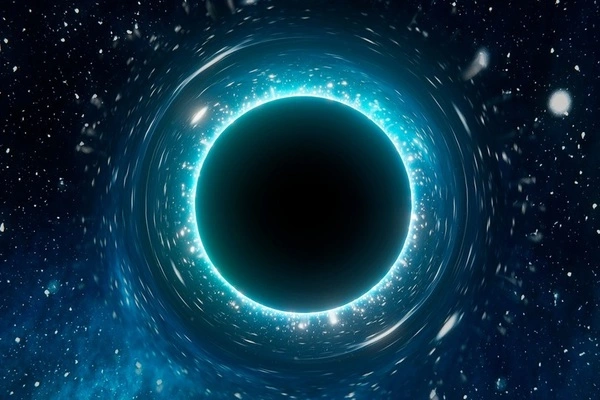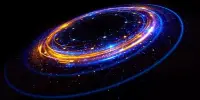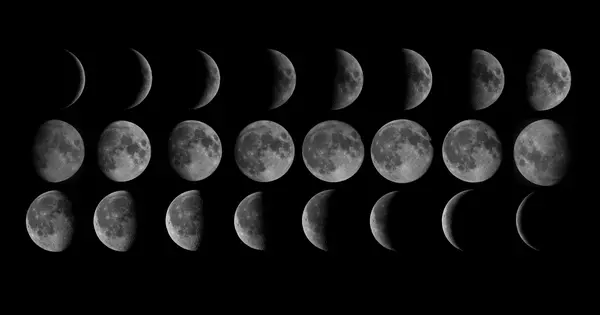Supermassive black holes have between a million and ten billion times the mass of our Sun. There are more than 150 known supermassive black holes in our local Universe as of 2022. (with direct mass measurements). They are frequently found near the centers of massive galaxies, including our own Milky Way galaxy.
One of only two known supermassive black hole binary systems has been discovered by a team of researchers from Purdue University and other universities. The two black holes that orbit each other are most likely 100 million suns in size. One of the black holes propels a gigantic jet outward at near-light speed. The system is so far away that the visible light seen today was emitted 8.8 billion years ago.
The two are only 200 to 2,000 AU apart (one AU equals the distance between the Earth and the sun), which is at least ten times closer than the only other known supermassive binary black hole system.
The near proximity is significant since such systems are expected to join at some point. This event will release vast amounts of energy in the form of gravitational waves, generating ripples in space in all directions (as well as oscillations in matter) as the waves pass through.
Finding systems like these is also vital for understanding how galaxies began and how huge black holes formed at their centers.
The system was discovered by chance when researchers identified a recurring sinusoidal pattern in its radio brightness emission fluctuations over time, based on data collected after 2008. A later check of historical data revealed that the system was also fluctuating in the late 1970s and early 1980s. That type of change is exactly what physicists would predict if the jetted emission from one black hole is altered by the Doppler effect as it swings around the other black hole owing to orbital motion.
Matthew Lister
The two are only 200 to 2,000 AU apart (one AU is the distance between the Earth and the sun), which is ten times closer than the only other known supermassive binary black hole system. Because such systems are likely to merge at some time, the close proximity is significant. This event will cause massive amounts of energy to be released in the form of gravitational waves, causing ripples in space in all directions (as well as oscillations in the matter) when the waves pass through.
Finding such systems is also critical for understanding how galaxies developed and how massive black holes formed at their centers.
More recently, direct evidence for the existence of supermassive black holes has come from observations of material, at the centers of galaxies, rapidly orbiting unseen mass. The high orbital velocities of these stars and gas are easily explained if they are being accelerated by a massive object with a strong gravitational field that is contained within a small region of space—i.e., a supermassive black hole.

Methods
The system was discovered by chance when researchers identified a recurring sinusoidal pattern in its radio brightness emission fluctuations over time, based on data collected after 2008. A later check of historical data revealed that the system was also fluctuating in the late 1970s and early 1980s. That type of change is exactly what physicists would predict if the jetted emission from one black hole is altered by the Doppler effect as it swings around the other black hole owing to orbital motion.
From 2002 to 2012, Purdue University’s College of Science’s Matthew Lister and his team observed the system, however, the team’s radio telescope lacks the sensitivity to resolve the individual black holes at such a great distance. His imaging data back up the binary black hole scenario and also provides the orientation angle of the jetted outflow, which is an important component in the paper’s model for Doppler-induced fluctuations.
While several theories exist, astronomers are still puzzled as to how these supermassive black holes form. Stellar black holes are formed by the collapse of huge stars, while others believe that supermassive black holes are formed by the collapse of massive clouds of gas during the early stages of galaxy formation. Another theory is that a star black hole consumes large amounts of matter over millions of years, eventually expanding to supermassive black hole proportions. Another possibility is that a cluster of star black holes forms and merges into a supermassive black hole. It’s possible that more than one theory is right.
















